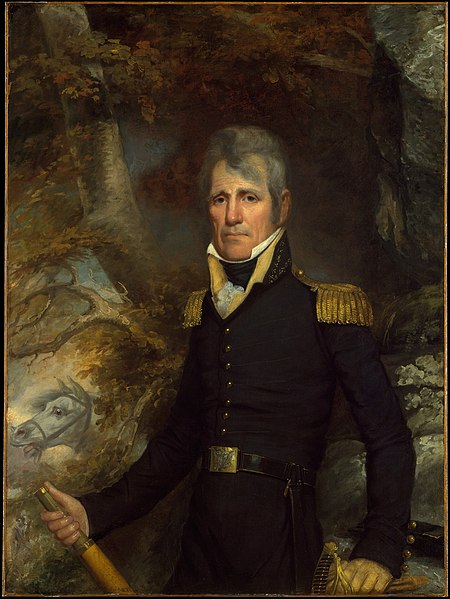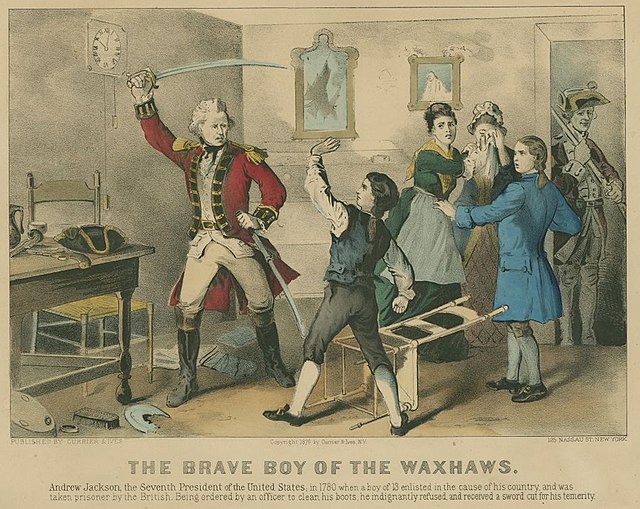Presidency of Andrew Jackson
The presidency of Andrew Jackson began on March 4, 1829, when Andrew Jackson was inaugurated as President of the United States, and ended on March 4, 1837. Jackson, the seventh United States president, took office after defeating incumbent President John Quincy Adams in the bitterly contested 1828 presidential election. During the 1828 presidential campaign, Jackson founded the political force that coalesced into the Democratic Party during Jackson's presidency. Jackson won re-election in 1832, defeating National Republican candidate Henry Clay by a wide margin. He was succeeded by his hand-picked successor, Vice President Martin Van Buren, after Van Buren won the 1836 presidential election.
Presidency of Andrew Jackson
Secretary of War John H. Eaton
Jackson painted by Earl, 1830
John C. Calhoun of South Carolina
Andrew Jackson was an American lawyer, planter, general, and statesman who served as the seventh president of the United States from 1829 to 1837. Before his presidency, he gained fame as a general in the U.S. Army and served in both houses of the U.S. Congress. Often praised as an advocate for ordinary Americans and for his work in preserving the union of states, Jackson has also been criticized for his racial policies, particularly his treatment of Native Americans.
Portrait c. 1835
General Andrew Jackson, an 1819 portrait by John Wesley Jarvis now housed at Metropolitan Museum of Art in New York City
The Brave Boy of the Waxhaws, an 1876 Currier and Ives lithograph depicting a young Andrew Jackson defending himself against a British officer during the American Revolutionary War
Portrait of Jackson's wife Rachel, 1823 by Ralph Eleaser Whiteside Earl now housed at The Hermitage in Nashville







